Where chickadees are, other birds follow
Looking for birds this time of year can sometimes require determination. One method of “striking it rich” can be simple …follow the chickadees.
I recently found myself amid a flock of about 10 black-capped chickadees; some flew in for a closer look. It seemed as though they were playing as much as they were looking for food. As I stood and listened, I counted well over 20 calls and songs. There was the familiar “chick-a-dee-dee-dee” and the well-known two-note whistle “seee-deedee” …but other sounds could only be described with made-up words like “kapleet-eet,” and “kahblozna.” When I hear the high-pitched warning notes “seet-seet-seet,” I too, scan the skies and trees for danger – such as a hawk.
Another benefit to following chickadees is the company they keep. To other birds, the chickadees act as a warning system, in addition to finding good food sources.
Nearby, downy woodpeckers, white-breasted nuthatches and tufted titmice made appearances. A high-pitched “tseeee” indicated the presence of brown creepers. Two of them follow each other from tree trunk to tree trunk, starting at the bottom and working their way up. One is heard singing its warbler-like song “tee see teesyew, seee.” Can spring be too far off? A dark-eyed junco calls from the brush, and a red-breasted nuthatch from the top of a pine. Amongst the sounds is the “see see see” of a golden-crowned kinglet, who finally shows himself briefly before disappearing again into the trees.
Some of our winter visitors could still be seen in Broome County, so keep an eye out. Rough-legged hawk, northern shrike, American tree sparrow, snow bunting, pine grosbeak, evening grosbeak, common redpoll, pine siskin and white-winged crossbill or red crossbill are a few possibilities.
Also be on the lookout for early spring arrivals such as red-winged blackbird, brown-headed cowbird and common grackle. Some birds that we commonly associate with spring have either returned early or perhaps never left. Bluebirds have been seen in different locations throughout Binghamton in February. Occasional robins and red-winged blackbirds have also been spotted in Broome County.
Other birds of interest seen this month include: short-eared owl, common raven, rough-legged hawk, horned lark in Lisle; pintail, wood duck and evening grosbeak in the Binghamton area; and broad-winged hawk in the town of Maine.
Birders’ Watch is provided by members of the Naturalists’ Club of Broome County. This column was written by Jon Weeks. For information on the Naturalists Club, write P.O. Box 191, Vestal, N.Y. 13850.
Posted in Birders Watch Columns | Comments Off on Where chickadees are, other birds follow
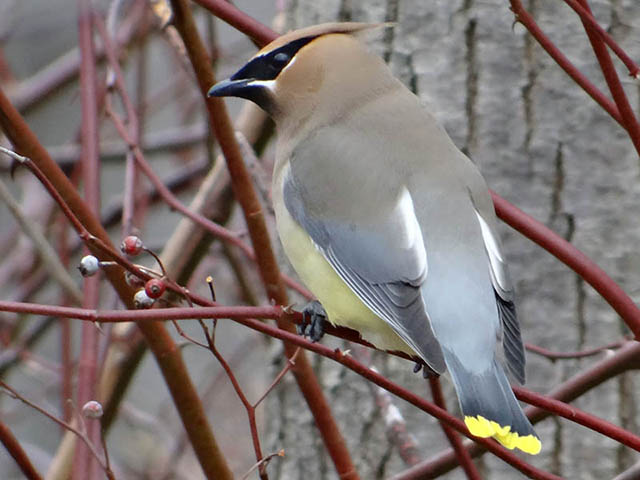
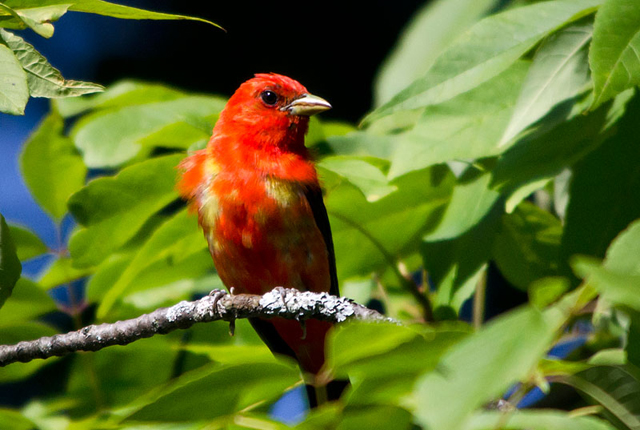
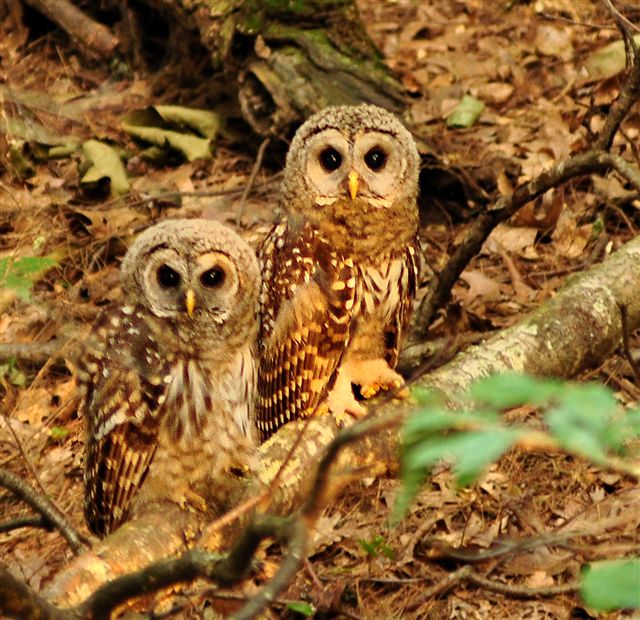
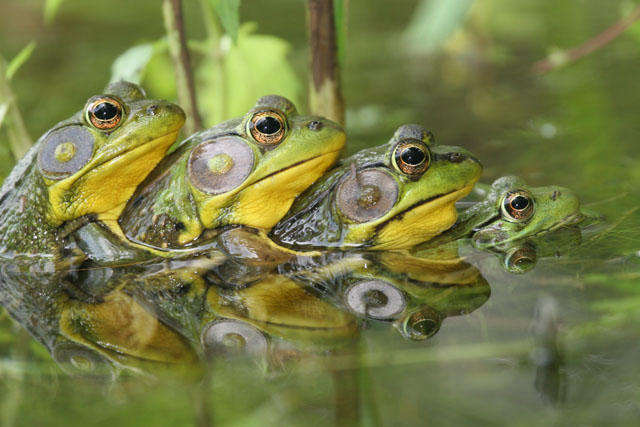
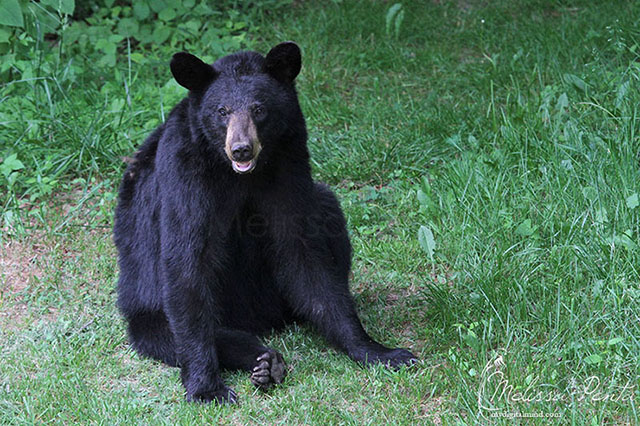
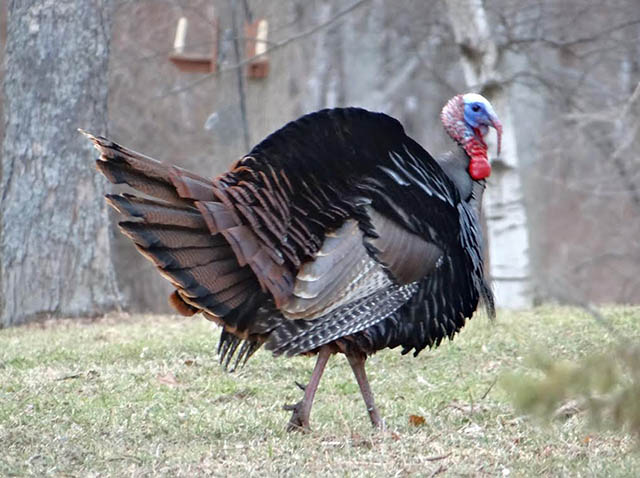
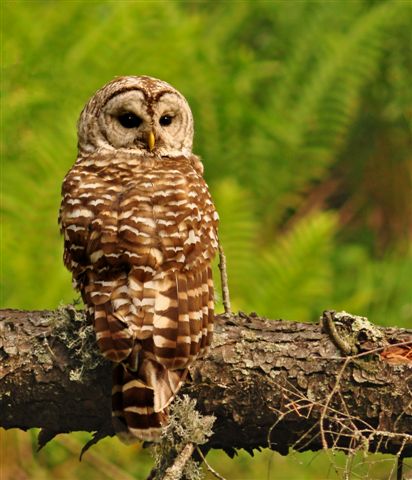
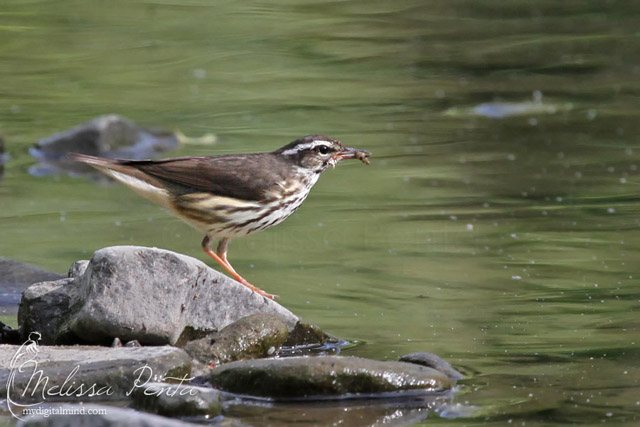
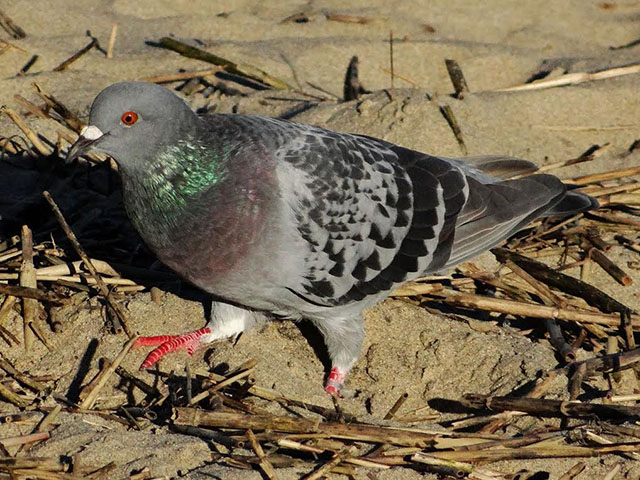
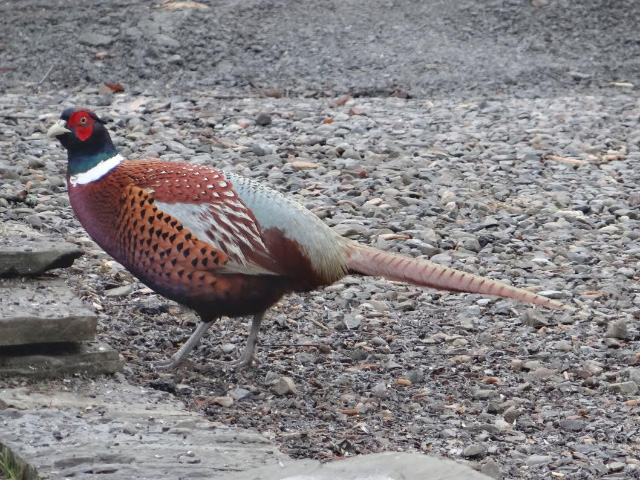
Comments are closed.